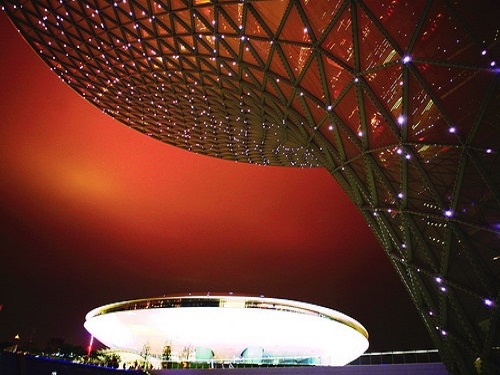
With the advent of lighting replacement period and the rapid development of LED technology, LED lighting has gradually become a new trend of residential lighting and commercial lighting. In China, LED lighting is replacing incandescent, halogen and fluorescent lighting systems. Many factors are driving the rise in LED demand, such as reducing electricity consumption, increasing energy efficiency and reducing greenhouse gas emissions legislation and promotion.
Since its development in 2010, LED light sources and luminaires have been developing at a relatively fast pace. With the continuous advancement of technology, consumer demand standards have also increased. This indicates that in addition to LED light sources, other related accessories must also be continuously innovated. To meet market demand.
LED lighting “lift†brings opportunities for the thermal material market
It is understood that the LED lighting market to accelerate the amount of cooling materials to supporting materials has brought tremendous business opportunities, especially the market demand for LED lamps cooling shell kits that are just driven by the policy surge. With the rapid development of the commercial lighting and outdoor high-power lighting market, the market demand for LED lamps cooling shell is also rapidly rising.
It is understood that, as a light source carrier, the thermal design of the lamp is crucial for LED to play its advantages. If the luminaire's heat dissipation efficiency is designed to be high, not only the service life can be extended, but also the weight of the luminaire can be reduced and its application range can be expanded. On the contrary, it will affect the LED advantages, and even become a bottleneck in its application.
In LED lighting systems, LED heat dissipation is a technical challenge. The outstanding features of LED are small size, compact structure, and easy to embed in various lamps. The U.S. energy department once stated that for each 35-degree increase in LED products, it can shorten its useful life by more than 42%. Increased operating temperatures can also cause safety problems, including electric shock, fire risk, and eye injuries. The emergence of thermoplastics, in the field of heat dissipation and thermal components in the lighting is gradually replacing aluminum alloys, while the special thermoplastics also prove their superiority in metal replacement applications.
For the lighting system, since the heat dissipation method is easy to combine with the lamp structure, the structure is relatively simple and does not require extra power consumption. At the same time, due to comprehensive considerations in processing, material costs, and maintenance factors, passive heat dissipation is used. The overall cost is relatively low. At present, the mainstream direction is passive heat dissipation. Through the rational design of the heat sink, the heat dissipation requirements of the lighting system are maximally met, and the cost is saved at the maximum. Mr. Wu, general manager of PolyOne Asia's engineering plastics department, said that thermal plastics are superior to cast aluminum in thermal simulation tests. Among them, the surface area of ​​heat exchange increases by 25%, but the weight can be reduced by 9%.
Thermoplastic Market Faces Opportunity and Challenge
Looking at the LED lighting accessories industry, there are many companies, but the scale is not large. Among them, there are many workshop-type rough processing companies, and there are few manufacturers that produce accessories for professional lighting companies. A lot of heat-dissipating component manufacturers in order to reduce the cost of conventional expenses, at the expense of quality practices to open mold, design, procurement and other aspects of the "shelter."
On the other hand, large-scale chemical and agricultural companies did not rely on “sheltering†to increase their market share. Most companies have already accepted biomaterials and invested in this area. As a world leader in specialty polymer materials, services and solutions, PolyOne places great emphasis on organic materials, especially biomaterials, and has developed several innovative polymer solutions for key LED lighting components, including PCs, PCs, and PCs. Engineering materials such as ABS, ABS, pigments and additives in the housing, and heat-conducting engineering materials for heat treatment and thermal diffusion in the optical industry.
The heat-dissipating materials industry and the entire LED industry have been in a critical period. Industry professionals expect that the industry can complete reshuffle from the second half of this year to the first half of next year, eventually leaving behind scale enterprises, and that overall the company's shipments will further increase, and price changes will occur. The trend is stable and industry standards are more standardized.
Looking at the current industry's thermal conductive plastics, the thermal conductivity is not very high. The general price of thermal conductivity within 30 yuan is generally between 1.0-1.3W/MK. If the thermal conductivity needs to be increased, the price will increase. With the rapid increase in popularity of LED lighting systems in recent years, thermoplastics will occupy more market share in the future.
Stainless Steel Capillary Pipe
Stainless Steel Capillary Pipe, Stainless Steel Capillary Tube, Stainless Steel Capillary Tubes With Hole, SS Capillary Tubes
ShenZhen Haofa Metal Precision Parts Technology Co., Ltd. , https://www.haofametal.com